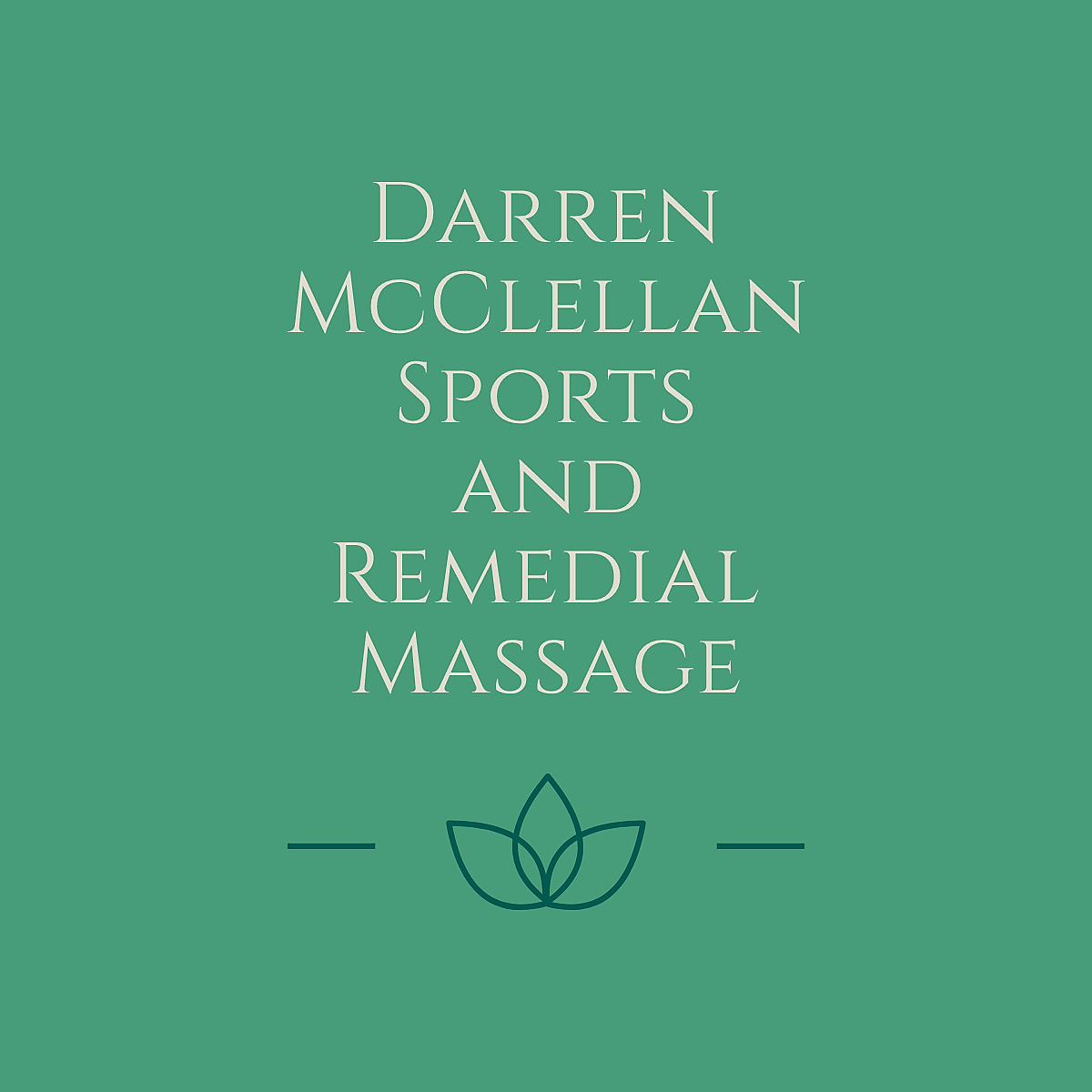Cupping Marks: Understanding Their Meaning and Dispelling Bruising Misconceptions
- DM Sports and Remedial Massage

- Jul 5, 2023
- 2 min read
Updated: Jul 19, 2023

Cupping therapy, an ancient practice with roots in ancient Chinese, Egyptian and Middle Eastern cultures, has gained popularity in recent years as a complementary therapy for various health conditions. It involves placing specially designed cups on the skin to create suction, resulting in circular marks on the body. While these marks may appear similar to bruises, it is important to understand that they are not caused by trauma and do not signify tissue damage. In this article, I want to delve into the world of cupping marks, exploring their significance and explaining why they differ from bruises.
First up Understanding Cupping Marks:
Mechanism of Cupping: Cupping therapy involves creating a vacuum inside the cups, which draws the skin and superficial muscle layer upward into the cup. The suction effect stimulates blood flow, relaxes muscles, and promotes the flow of Qi (energy) in traditional Chinese medicine.
Appearance of Cupping Marks: Cupping marks typically manifest as round or oval-shaped red or purple areas on the skin. The colour intensity and duration of the marks can vary depending on the individual, their underlying health conditions, and the intensity of the cupping session. Initially, the marks may be bright red, but they usually fade to a lighter shade or completely disappear within a few days to a couple of weeks.
Blood Stagnation Theory: According to traditional Chinese medicine, the appearance of cupping marks reflects the state of blood circulation and the body's energy flow. The darker the marks, the more stagnation or congestion is believed to be present in the underlying tissues. Practitioners interpret the intensity, location, and color of the marks to assess the individual's health condition and the effectiveness of the treatment.
Differentiating Cupping Marks from Bruises:
No Trauma: Cupping marks are not bruises resulting from trauma or injury. Bruises occur when blood vessels rupture due to direct impact, causing blood to leak into the surrounding tissues. In contrast, cupping marks result from suction-induced congestion of blood in the capillaries, causing temporary discoloration.
Absence of Pain: Cupping marks are typically painless, whereas bruises are often tender to touch. Cupping therapy, when performed correctly, should not cause any discomfort or harm to the tissues. Clients may experience mild soreness or tightness in the treated area, which is temporary and resolves quickly.
Timeframe and Resolution: Bruises typically undergo color changes over time, transitioning from red or purple to greenish or yellowish hues as they heal. In contrast, cupping marks generally fade from their initial red or purple appearance to a lighter shade before completely disappearing within a week or two. The timeframe for cupping marks is relatively predictable and consistent.
Cupping marks, although resembling bruises, differ in their underlying cause, appearance, and resolution. These marks are temporary and indicate the therapeutic effect of the cupping therapy, reflecting the body's response to increased blood flow and improved energy flow. Understanding the nature of cupping marks helps dispel misconceptions and allows individuals to appreciate the unique benefits of this ancient practice. If you are considering cupping therapy, it is crucial to consult a trained and experienced practitioner who can ensure a safe and effective session.





Comments